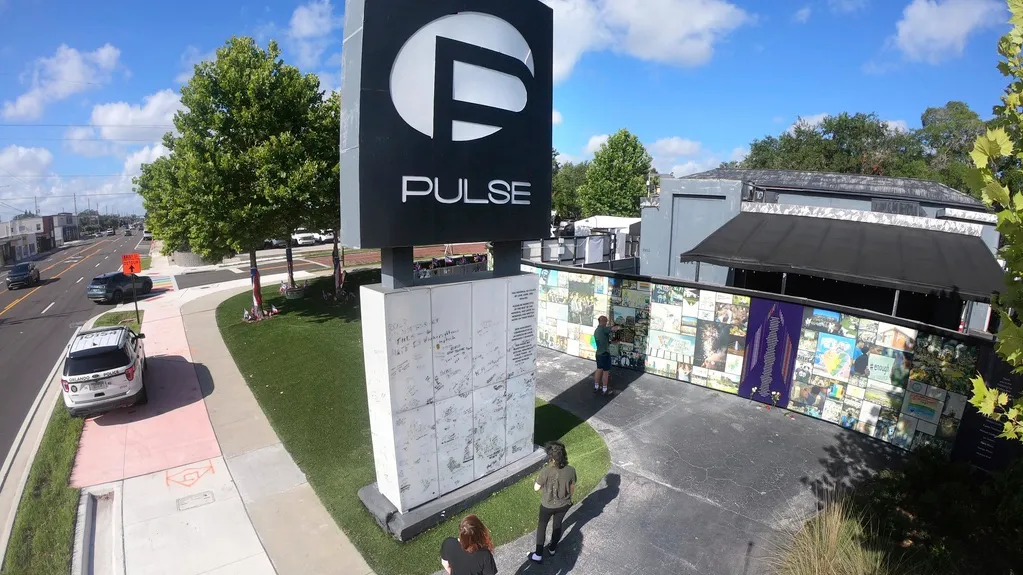February 23, 2021
5 Things People Living with HIV Need to Know About the Next COVID Relief Package
READ TIME: 3 MIN.
While Americans are still awaiting the official bill text from the House Budget Committee, there are several items that HIV/AIDS advocates are watching in this next round of COVID relief. They anticipate this bill will closely resemble the $1.9 trillion package that President Biden outlined, with a few variations.
While the House might pass this legislation over the next week or so, this bill is likely to face hurdles passing the Senate, where the 50-50 split between Democrats and Republicans means this vote will be very close.
AIDS United shares five things the HIV community needs to know about this next package:
1. An adequate COVID response requires a tripling of the community health workforce.
One of the biggest points in this bill revolves around vaccine distribution. The projected House bill provides $14 billion for vaccines, $46 billion for testing, contact tracing and mitigation efforts, and $7.6 billion to hire 100,000 public health workers to support the response to COVID-19. This increased hiring budget would triple the current community health workforce. It would also put $25 billion toward addressing health disparities and protecting vulnerable populations.
2. Increasing the number of people eligible for health care coverage during this special open enrollment period is likely to improve health outcomes.
The House bill has benefits for those who have lost their health insurance along with their jobs during the pandemic. Specifically, it would allow enrollees to pay no more than 8.5% of their income toward coverage, a decrease from the previous 10%. Those earning more than the current cap of 400% of the federal poverty level would now be eligible for this coverage.
The legislation would also eliminate premiums for those collecting unemployment benefits. This is especially important knowledge given that the Biden administration has reopened open enrollment. If you or a loved one need health insurance coverage, head over to healthcare.gov before May 15 to get covered.
3. Stimulus checks, unemployment benefits and rental assistance, oh my!
Currently, the stimulus checks in the House bill are set at direct payments of $1,400 per person for individuals making less than $75,000 a year. Notably, these payments will be phased out faster than in previous stimulus checks, with individuals making more than $100,000 a year receiving no stimulus check. Depending on when you filed your taxes will determine if your income is based on what you earned in 2019 or 2020.
The proposed legislation would also extend and increase federal unemployment benefits. It would allow the federal boost to state unemployment to continue until Aug. 29, and it would increase federal unemployment benefits from $300 to $400. As the current unemployment benefits are set to run out in March, time is of the essence with this bill. This is one area where the House bill differs from the president's proposal, as Biden had called for unemployment benefits to continue through September.
The projected House bill would also send assistance to housing programs across the country. The roughly 19.1 billion would go to state and local governments to cover back rent, rent assistance and utilities for low-income households who have unemployed members. There is also hope for homeowners, as the bill would provide about $10 billion to state and tribal governments for mortgage assistance. For those living with HIV who have struggled to maintain safe and affordable housing during the COVID-19 pandemic, this assistance will be a lifeline.
4. State, local, tribal and territorial governments have the chance to receive federal aid for being heavily impacted by COVID-19.
After no assistance to states in the last COVID bill, this new package hopes to provide $350 billion to state, local, tribal and territorial governments. With this being one of the more controversial items in recent discussions over congressional aid packages, this is one to watch as it will ultimately have impacts on how much money states have to fund HIV-related programs. It will also ultimately determine the level of budget cuts each state will be facing in their 2021 budgets.
5. Congress' incoming battle over increasing the minimum wage could threaten the bill's passage.
Among the points of contention that could result in this bill being stalled is raising the federal minimum wage to $15 per hour by 2025. The proposed legislation would also guarantee that tipped workers, youth and those with disabilities are paid the full federal minimum wage.
This increase is especially important for those with disabilities. For 80 years, 14(c) of the Fair Labor Standards Act has allowed businesses to apply for permits in order to pay disabled employees well below the current federal minimum wage of $7.25 an hour. In some states, this can dip down to pennies. Sub-minimum wages hinder equal access to housing and health care.


